![]() |
| 1765-68 Self-Portrait in a Fur Cap monochrome pastel on blue-grey laid paper 42.5 x 29.5 cm Art Institute of Chicago IL |
Joseph Wright (1734 – 1797) styled Joseph Wright of Derby. Was an English landscape and portrait painter. He has been acclaimed as “the first professional painter to express the spirit of the Industrial Revolution”. Wright is noted for his use of Chiaroscuro effect, which emphasises the contrast of light and dark, and for his paintings of candle-lit subjects. His paintings of the birth of science out of alchemy, often based on meetings of the Lunar Society, a group of very influential scientists and industrialists living in the English Midlands, are a significant record of the struggle of science against religious values in the period known as the Age of Enlightenment.
This is part 2 of a 5 - part post on the works of Joseph Wright. For full biographical notes, and for earlier works, see part 1 also.
![]() |
| 1769 An Academy by Lamplight oil on canvas 127 x 101.2 cm Yale Centre for British Art, New Haven CT |
![]() |
| 1772 William Pether after Joseph Wright "An Academy by Lamplight" mezzotint on paper 58.1 x 45.7 cm Five Colleges Museums Collections Database MA |
1769 (exhibited) A Philosopher by Lamplight
The painting was described in the catalogue of the 1801 sale as a companion to “The Alchymist Discovering Phosphorous.” A philosopher is examining a collection of human bones in a lamp-lit cave. Two smaller men, or boys, dressed as pilgrims seem to be approaching him. These figures are a lot smaller than the main character.
Experts believe the painting was based on Salvator Rosa’s “Democritus in Meditation” (c1760). Wright’s friend John Hamilton Mortimer was a follower of Rosa’s, so it is possible that Wright could have seen Rosa’s work or an engraving of it. Democritus was a Greek philosopher remembered for making fun of the foolishness of mankind. Though the painting’s subtitle is “A Hermit Studying Anatomy,” his attitude toward the bones he is holding does not suggest serious scrutiny. He is surrounded by symbols of the ephemeral nature of the human condition, which include the skeleton, a lamp that will burn all its fuel, the moon which has to be reborn every four weeks, and an hourglass. The moon was also the symbol of the “Lunar Society” that Wright was strongly associated with, but never became a member of.
The preoccupation of the philosopher and the trepidation of the two pilgrims may be reflection on the concerns about the new scientific understanding and the age of enlightenment at the time Wright lived.![]() |
| exhibited 1769 A Philosopher by Lamp Light oil on canvas 128.2 x 102 cm Derby Museum and Art Gallery, Derby UK |
![]() |
| Salvator Rosa "Democritus in Meditation" c1760 oil on canvas 344 x 214 cm Statens Museum for Kunst, Copenhagen, Denmark |
![]() |
| 1769 Fleetwood Hesketh oil on canvas 127 x 102 cm Private Collection |
![]() |
| 1769 Mrs Frances Hesketh oil on canvas 127 x 101.5 cm Walker Art Gallery, Liverpool UK |
![]() |
| 1769 Mrs James Hardman of Rochdale and Allerton Hall oil on canvas 76.2 x 63.5 cm Lancashire County Museum Service, Preston UK |
![]() |
| 1769 Mrs Thomas Parke (1740–1827) oil on canvas 76.8 x 64 cm National Museums Liverpool UK |
![]() |
| 1769 Thomas Parke (1729–1819) oil on canvas 76 x 63.5 cm Walker Art Gallery, Liverpool UK |
![]() |
| 1769 Thomas Staniforth of Darnall, Co. York oil on canvas 93 x 77.5 cm Tate, London UK |
![]() |
| 1769 Valentine Green after Joseph Wright "The Bradshaw Children" mezzotint on paper 47.9 x 38.1 cm Five Colleges Museums Collections Database MA |
![]() |
| 1769-70c Sarah Carver and Her Daughter, Sarah oil on canvas 127 x 101.6 cm Derby Museum and Art Gallery, Derby UK |
![]() |
| 1769-71c Mrs Catherine Swindell oil on canvas 71.4 x 55.7 cm Leicester Museums and Art Galleries, Leicester UK |
![]() |
| 1769-71c Mrs John Ashton oil on canvas 126.1 x 101 cm The Fitzwilliam Museum, Cambridge UK |
![]() |
| 1769c Charles Goore (1701–1783) oil on canvas 76 x 64 cm University of Liverpool UK |
![]() |
| 1769c Elizabeth, Mrs. John Bostock oil on canvas 127 x 101.6 cm The Berger Collection, Denver CO |
![]() |
| 1769c Mrs John Ashton oil on canvas 126.1 x 101 cm Fitzwilliam Museum, Cambridge UK |
![]() |
| 1769c Mrs. Sarah Clayton oil on canvas 127 x 01.6 cm Fitchburg Art Museum, Fitchburg MA |
![]() |
| 1769c Penelope Margaret Stafford oil on canvas 76.2 x 63.5 cm Derby Museum and Art Gallery, Derby UK |
![]() |
| exhibited 1770 A Conversation of Girls (Two Girls with Their Black Servant) oil on canvas 127 x 101.6 cm Private Collection |
![]() |
| 1770 Thomas Day oil on canvas 121.9 x 97.8 cm © National Portrait Gallery, London UK |
![]() |
| 1770 Thomas Day (2nd version) oil on canvas 127 x 100.4 cm Manchester City Galleries UK |
![]() |
| 1770 William Pether after Joseph Wright "Master John Ashton" mezzotint on paper 65.2 x 15.9 cm Five Colleges Museums Collections Database MA |
1770-72 Mr and Mrs Thomas Coltman
Thomas Coltman (1747 – 1826) of Hagnaby Priory, Licolnshire, is shown with his wife, Mary Barlow (1747 – 1786) whom he married in 1769. The house in the background is Gate Burton House, Lincolnshire.
Thomas Coltman was a friend of the painter. This portrait is recorded in Wright’s account book as “Mr & Mrs Coltman, a Converastion (£63)”. Conversation pieces, in which portraits were placed in an attractive landscape setting, or sometimes indoors, were popular in 18th-century England. The National gallery
![]() |
| 1770-72 Mr and Mrs Thomas Coltman oil on canvas 127 x 101.6 cm The National Gallery, London UK |
![]() |
| 1770-72 Portrait of a Woman, Her Head Turned to the Right, Wearing an Earring pastel on paper 40.3 x 28 cm Metropolitan Museum of Art, New York |
![]() |
| 1770-72c An Open Hearth with a Fire ink and wash on paper 27.9 x 30.4 cm Derby Museum and Art Gallery, Derby UK |
![]() |
| 1770-72c Study of the Interior of Glass-House pen and ink, grey wash heightened with white on paper 36.2 x 52.1 cm Derby Museum and Art Gallery, Derby UK |
![]() |
| 1770-73c Portrait of a Gentleman oil on canvas 128 x 102 cm National Gallery of Art, Washington D.C. |
![]() |
| 1770c Blot Drawing in a Manner of Alexander Cozens brush and ink on paper 25.4 x 38.7 cm Derby Museum and Art Gallery, Derby UK |
![]() |
| 1770c Landscape Study Development from a Blot graphite, brush and ink wash on paper 27 x 38.7 cm Derby Museum and Art Gallery, Derby UK |
![]() |
| 1770c Catherine Sophia Macauley oil on canvas 74.5 x 61 cm Brighton and Hove Museums and Art Galleries UK |
![]() |
| 1770c Erasmus Darwin oil on canvas 76 x 63.5 cm copy Darwin College, Cambridge UK |
![]() |
| 1770c Erasmus Darwin oil on canvas 76 x 63.5 cm Darwin College, Cambridge UK |
![]() |
| 1770c Portrait of a Lady with her Lacework oil on canvas 126.7 x 101.6 cm Metropolitan Museum of Art, New York |
![]() |
| 1770c Sir Brownlow Cust, 1st Baron Brownlow (attributed) oil on canvas 98 x 89 cm The National Trust, Belton House, Grantham UK |
![]() |
| 1770s Captain Edward Salmon oil on canvas The National Trust for Scotland UK |
![]() |
| 1771 A Blacksmith's Shop oil on canvas 125.7 x 99 cm Derby Museum and Art Gallery, Derby UK |
![]() |
| 1771 A Blacksmith's Shop (detail) oil on canvas 125.7 x 99 cm Derby Museum and Art Gallery, Derby UK |
![]() |
| 1771 Richard Earlom after Joseph Wright "A Blacksmith's Shop" mezzotint on white laid paper 61.2 x 43.4 cm (image) Art Institute of Chicago |
![]() |
| 1771 A Blacksmith's Shop (2nd version) oil on canvas 128.3 x 104 cm Yale Centre for British Art, New Haven CT |
The Alchymist in Search of the Philosopher’s Stone (exhibited 1771, reworked and dated 1795) (Full title: The Alchymist, in Search of the Philosopher’s Stone, Discovers Phosphorous, and Prays for the Successful Conclusion of his Operation, as was the Custom of the Ancient Chymical Astrologers).
Traditionally, the chief pursuit of alchemists was the search for “The Philosopher’s Stone,” which would miraculously transform base metals into gold. The painting depicts the accidental discovery of the element phosphorous by German alchemist Hennig Brand in 1669. A flask in which a large quantity of urine has been boiled down is seen bursting into light as the phosphorous, which is abundant in urine, ignites spontaneously in air. Wright’s purpose was not to ridicule superstition, but to commemorate the birth of chemistry as a modern science, beginning with the discovery of phosphorus in 1676. Wright strove for accuracy in depicting the chemist’s apparatus, since many of friends and patrons were scientists and intellectuals who had stimulated the artist’s interest in scientific enquiry.
![]() |
| exhibited 1771-95 exhibited re-worked and dated 1795 The Alchymist, in Search of the Philosopher's Stone oil on canvas 127 x 101.6 cm Derby Museum and Art Gallery, Derby UK |
![]() |
| 1771-95 The Alchymist (detail) oil on canvas 127 x 101.6 cm Derby Museum and Art Gallery, Derby UK |
![]() |
| William Pether after Joseph Wright mezzotint Cleveland Museum of Art, Cleveland OH |
1771-2 An Iron Forge
Many of Wright’s explorations of new inventions and technology were painted as “night-pieces” which he made between 1771 and 1773, taking as his subject the blacksmith’s shops and forges of Derbyshire. In this scene of a small iron forge at work, an iron-founder and his family are bathed in the warm light cast by a newly forged white-hot iron bar, which has been dragged out of the nearby furnace by an assistant. Wright adapted the scale for dramatic effect, compressing the scene to accommodate the machinery and the figures. In actuality, the heat and sparks would have made the proximity impossible.
![]() |
| 1771-2 An Iron Forge oil on canvas 121.3 x 132 cm Tate, London UK |
![]() |
| 1773 Richard Earlom after Joseph Wright "An Iron Forge" mezzotint on paper 47.8 x 59 cm Art Institute of Chicago IL |
![]() |
| exhibited1772 'Captain' Robert Shore Milnes oil on canvas 127 x 101.6 cm Private Collection |
![]() |
| 1772 Miravan Breaking Open the Tomb of His Ancestors oil on canvas 127 x 101.6 cm Derby Museum and Art Gallery, Derby UK |
![]() |
| 1772 Valentine Green after Joseph Wright "Miravan" mezzotint on off-white laid paper 46 x 35.4 cm (image) Art Institute of Chicago IL |
![]() |
| 1772-73c Self-Portrait at the Age of About Forty oil on canvas 76.2 x 63.5 cm Private Collection |
![]() |
| 1772c Rocks with Waterfall oil on canvas 80.7 x 109.2 cm Private Collection |
![]() |
| 1773 An Iron Forge Viewed from Without oil on canvas 105 x 140 cm The Hermitage, St. Petersburg, Russia |
![]() |
| 1773 The Earth-stopper on the Banks of the Derwent oil on canvas 97 x 121 cm Derby Museum and Art Gallery, Derby UK |
![]() |
| 1773 The Old Man and Death oil on canvas 101 x 127 cm Wadsworth Atheneum, Harford CT |
![]() |
| 1775c The Old Man and Death oil on canvas 63.5 x 76.9 cm Walker Art Gallery, Liverpool UK |
![]() |
| 1774 A Cavern Evening oil on canvas 101.6 x 127 cm Five Colleges Museums Collections Database MA |
![]() |
| 1774 A Cavern, Evening oil on canvas 101.6 x 127 cm Smith College Museum of Art, Northampton MA |
![]() |
| 1774 A Cavern, Near Naples oil on canvas 101.6 x 127 cm Yale Centre for British Art, New Haven CT |
![]() |
| 1774 Reverend Basil Bury Beridge oil on canvas 127 x 101 cm Kunsthistorisches Museum. Vienna, Austria |
![]() |
| 1774 Study of the Terrain near Vesuvius graphite on paper 31.1 x 45 cm Derby Museum and Art Gallery, Derby UK |
![]() |
| 1774 The Captive, from Sterne oil on canvas 102 x 127.5 cm Vancouver Art Gallery, Vancouver, British Columbia Canada |
![]() |
| 1774 Vesuvius in Eruption gouache on paper 32.4 x 46.7 cm Derby Museum and Art Gallery, Derby UK |
![]() |
| 1774-75 Inside the Arcade of the Colosseum graphite, ink and watercolour 37.7 x 50.7 cm Tate, London UK |








+oil+on+canvas+76.8+x+64+cm+National+Museums+Liverpool+UK.jpg)
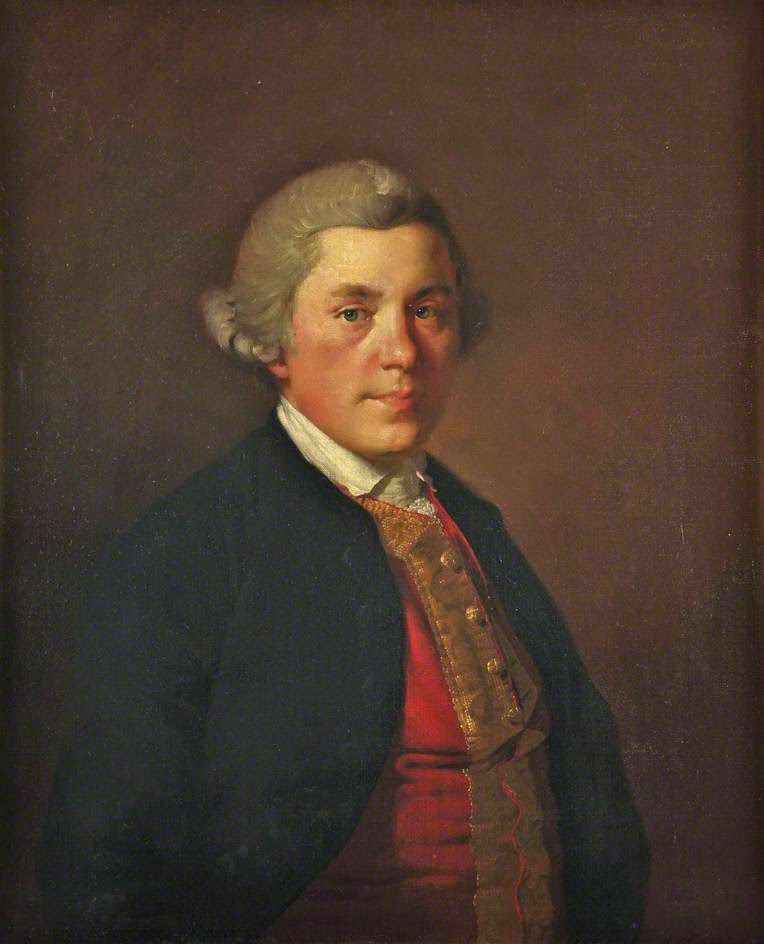+oil+on+canvas+76+x+63.5+cm+Walker+Art+Gallery,+Liverpool+UK.jpg)


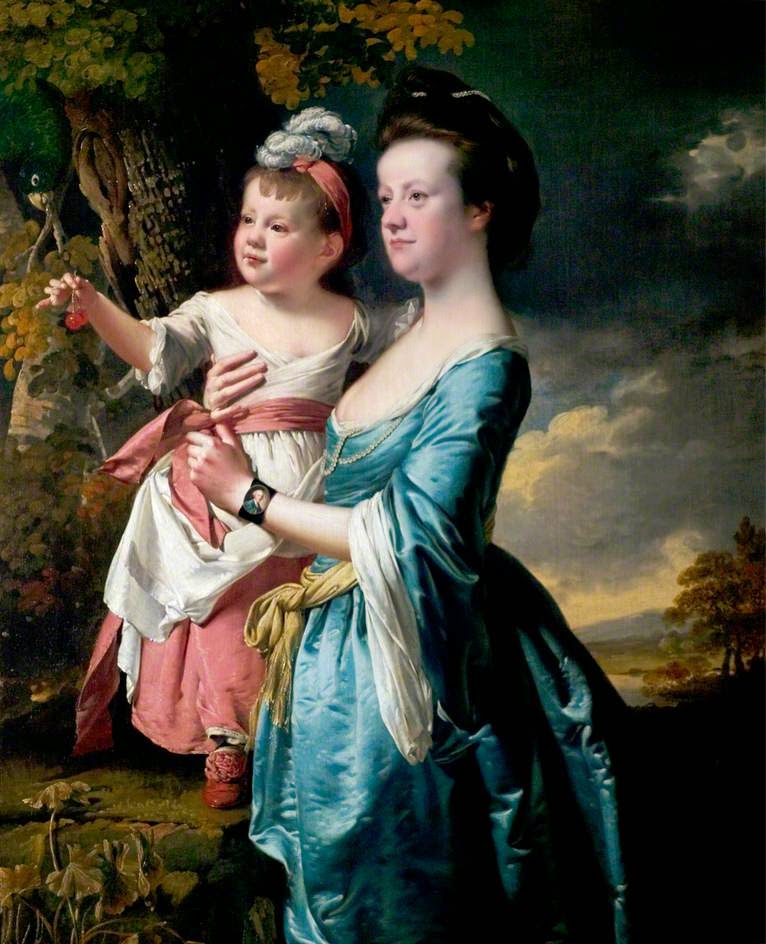


+oil+on+canvas+76+sx+64+cm+University+of+Liverpool+UK.jpg)



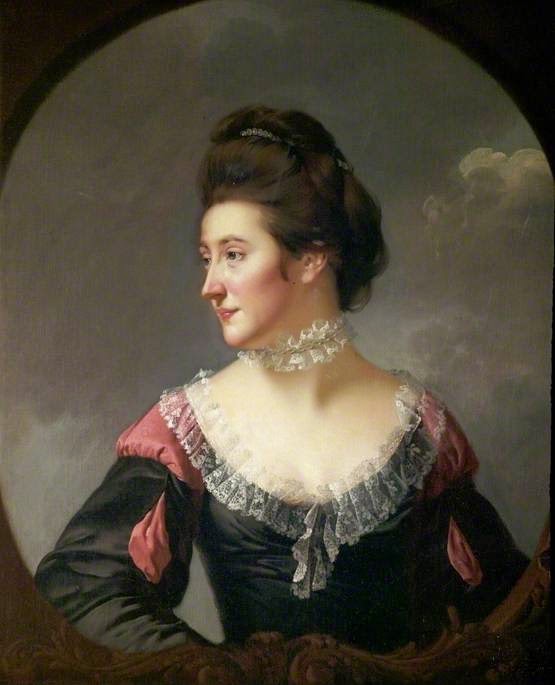
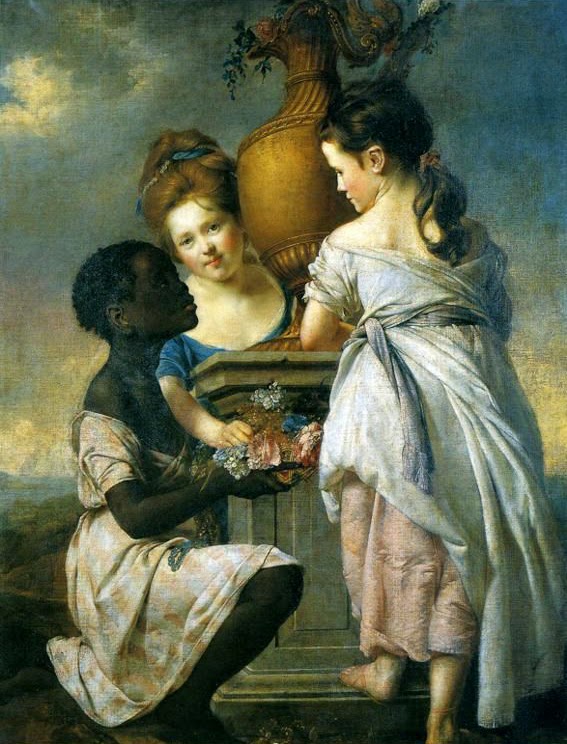+oil+on+canvas+127+x+101.6+cm+Private+Collection.jpg)








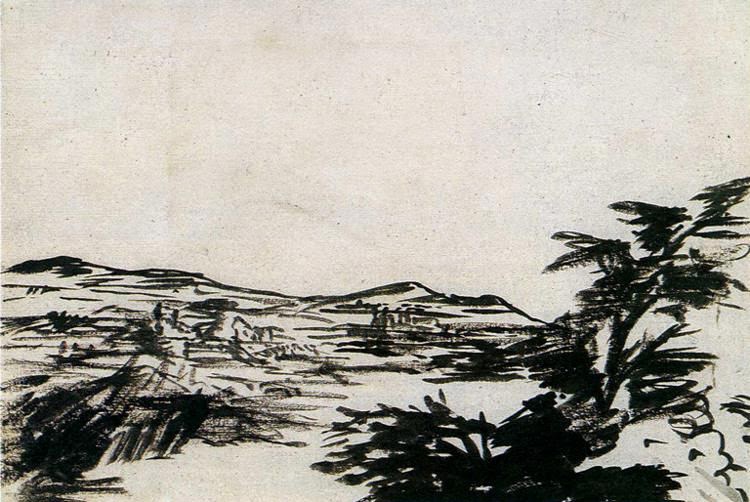


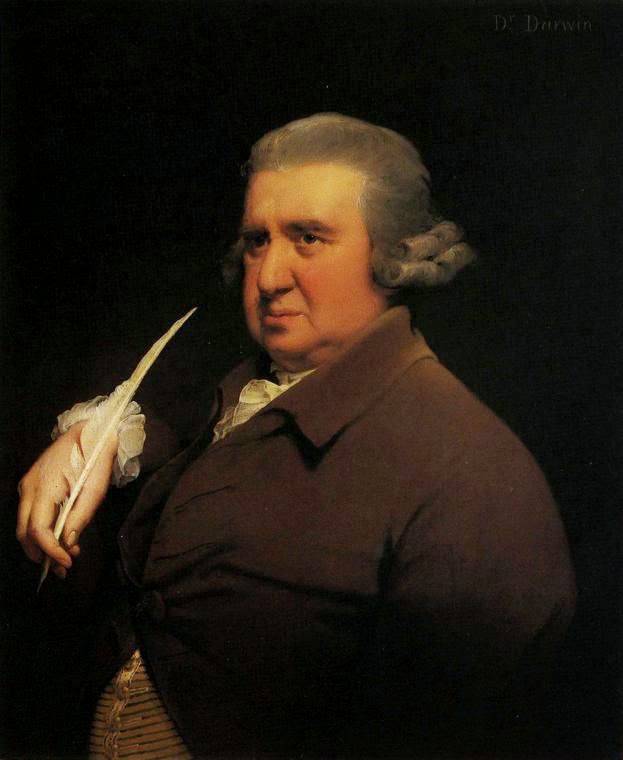






+Art+Institute+of+Chicago.jpg)

+re-worked+and+dated+1795+The+Alchymist,+in+Search+of+the+Philosopher's+Stone+oil+on+canvas+127+x+101.6+cm+Derby+Museum+and+Art+Gallery,+Derby+UK+*see+notes.jpg)
+oil+on+canvas+127+x+101.6+cm+Derby+Museum+and+Art+Gallery,+Derby+UK.jpg)


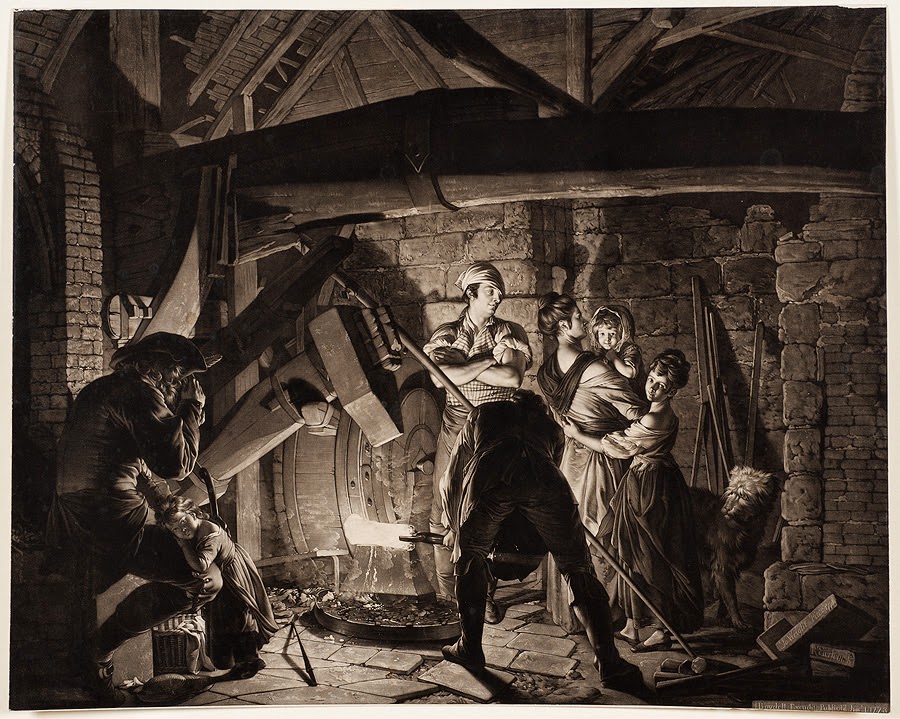
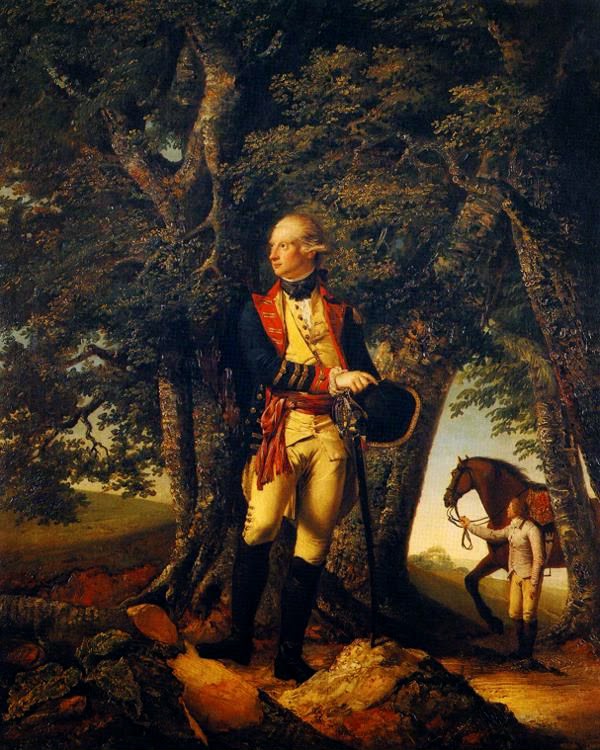

+Art+Institute+of+Chicago+IL.jpg)













